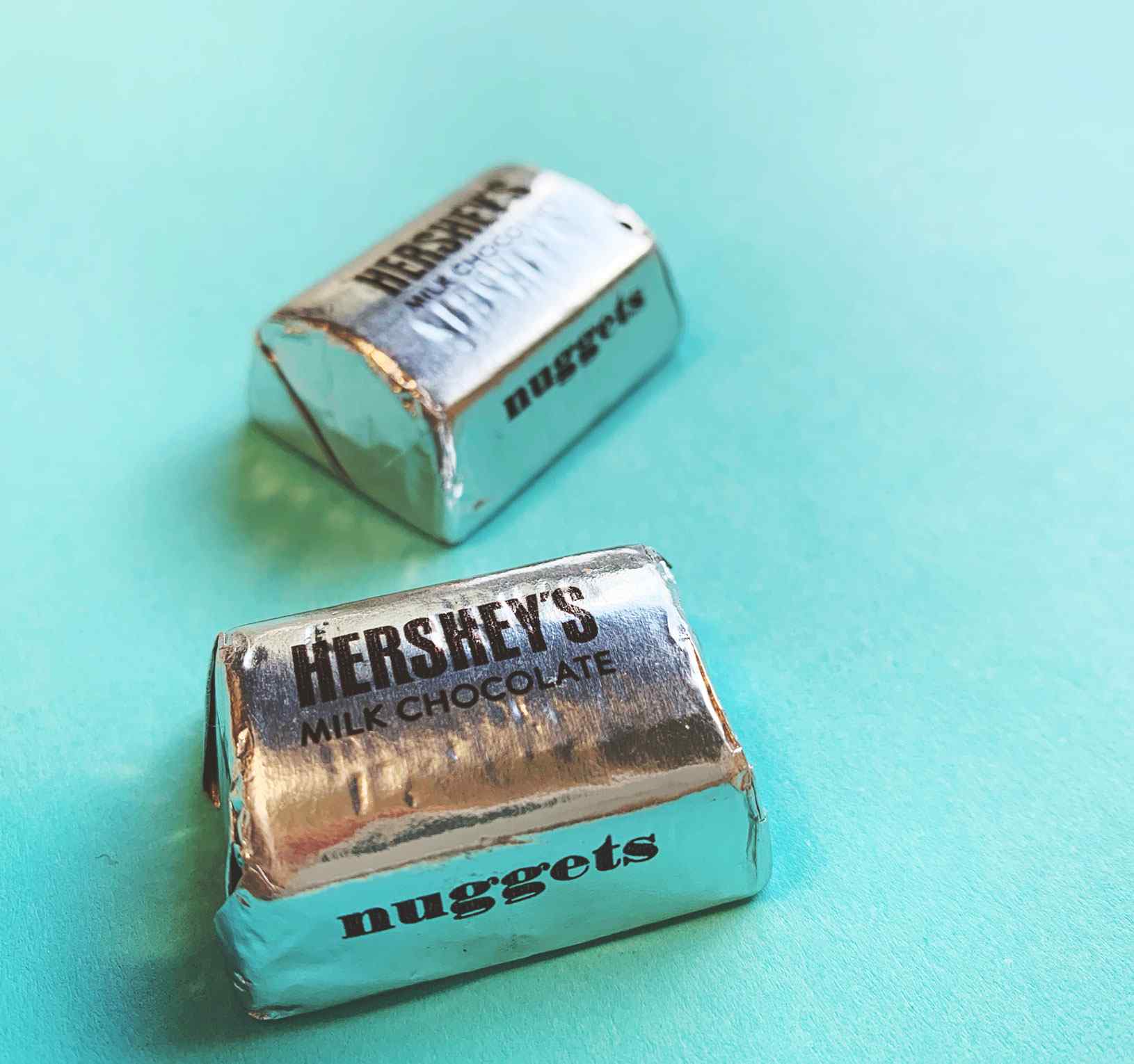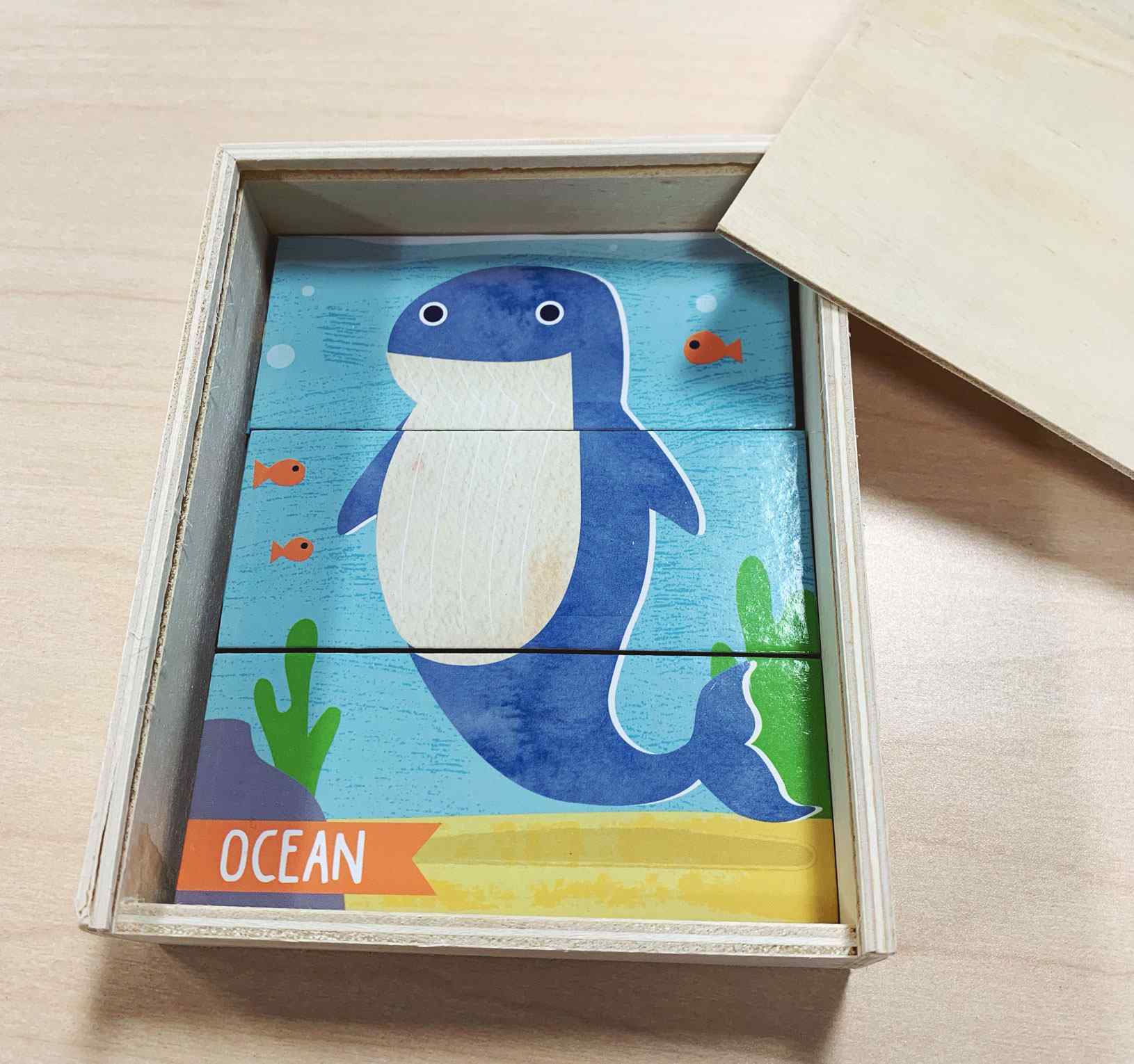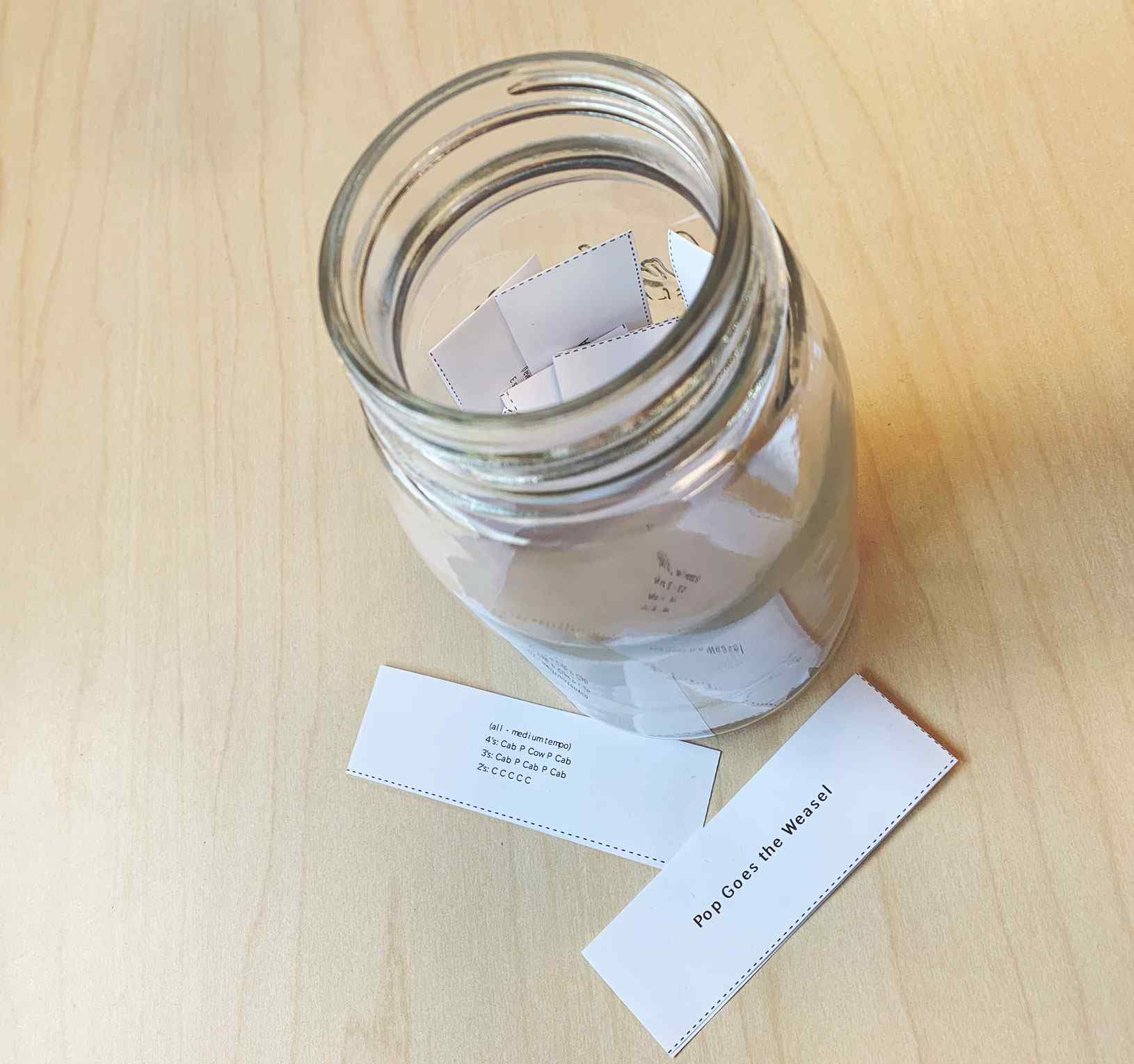Caregiver Tip, Practice, Practice Tool • April 12, 2019

Sounds counterintuitive, right? I have had a few families in String Sprouts as well as my private studio mention that practice is happening, but the attention to details like tone and accuracy are hard to keep in focus, especially on the student’s side. As we begin to wrap up this academic year, know you are not alone in this!
Why?
Families work so diligently to find the routine/practice plan that works best for them and their child. Then, all of a sudden, the magic formula of practice time and positive practice attitudes just isn’t enough; students want to fly through their technique focus areas, play through what they have to, and rush to finish the practice while you are mentally noting that their sound was fuzzy, their instrument was wobbly, and you stop yourself just short of handing them 5 things to focus on at once. Sound familiar?
As we know, these tiny humans are miraculous and adaptable, and for some kids, they feel like they conquered the routine and their new objective is to get through it as fast as possible. For others, things got a little trickier than they feel mentally able to handle, and they lose patience. And perhaps others are just over the familiarity and want to do something new, like soccer.

Is Routine Important?
Anyone that has spent time with kiddos knows they need a bedtime and has seen the effects of what too much sugar does to them; so yes, kids essentially need structure and boundaries to be successful. The routine we need for practice is honestly that it consistently happens. Some families find it best to practice before school because their child is an early riser and the only thing practicing is delaying is going to school. Others practice after school once they have a snack and have let out some steam, while lots of others practice right before bed. The important part of this routine is that it happens on a consistent basis. Now, what happens during practice time is a different story.
Changing It Up
I was a child who loved whimsey, but also found comfort in routines for limited periods of time. I think the entire year of 4th grade I ate turkey sandwiches for lunch. In 5th, I couldn’t stand them and only ate roast beef sandwiches. A practice routine of playing a review song, focusing on bow holds for 3 minutes, playing notes and keeping your bow in the “river/highway” for 2 minutes, practicing note reading, and finishing with a polished run-through of a new piece can only keep a child’s attention for so long. After a few months, things are too predictable. “We did this yesterday!” starts to be a familiar saying.
If you observe a teacher in their group classes or in a private lesson, there are core things we all have to teach during that time but rarely will you see us teach it in the same order every single time. Having students understand the important parts of playing are very helpful as they know what to practice, but if we always worked on scales, then rhythm, then new things, the excitement of coming to class or lessons wanes a bit.
So, remember those tools from level 1 caregiver sessions? Bring those back out! Use a lego or lego person for each part of practice they have to accomplish (and state your goal to be able to “earn” the lego). Set out a veggie straw for each practice area before you begin so they understand what is expected of them. Write down practice points (that get you to accomplish your goals) on scraps of paper and draw them out to allow the universe to choose your Sprout’s practice plan that day. Maybe it’s just letting the dog pick the practice order for the day!

I know kids love repetition to a certain extent (it’s the only reason my mom quote most of The Little Mermaid) but once they lose the creativity and freshness of it, they move on. So let’s make sure practice evolves so that once we hit the practice blah’s we can quickly reignite their excitement again.
Remember, if practice is fun, it’s fun for everyone!


